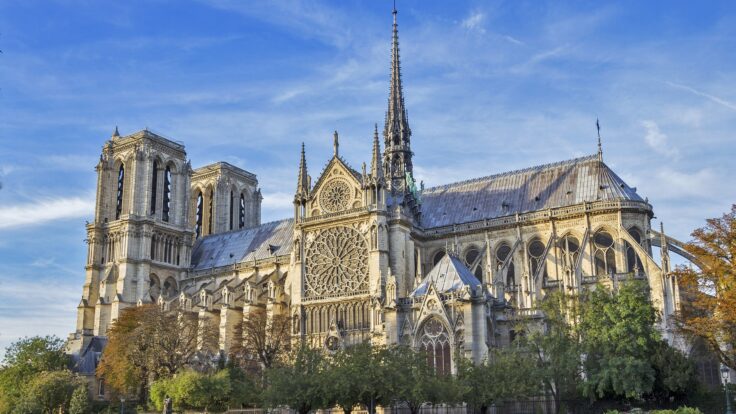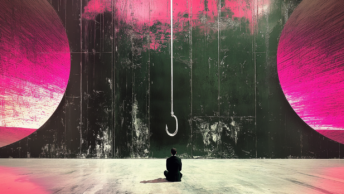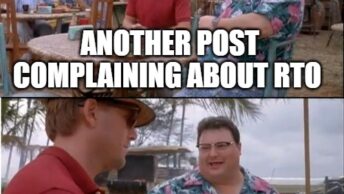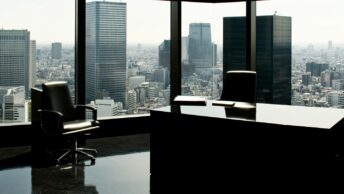Not one of the thousands of people who walk through Notre Dame each day will notice the extraordinary efforts to honor the hearts and minds of those who watched the cathedral rise from the ground more than 800 years ago.
In 2019, a fire damaged or destroyed Notre Dame’s iconic spire, roof, and upper walls. During restoration in the five years that followed, 2,000 artisans in France and around the world used a combination of technology and medieval techniques to match the cathedral’s original construction down to the artists’ marks that adorned wood, stone, and lead.
If an oak beam in the rafters had a particular shape or quality, workers had to find a matching tree in France, cut it down, and use hand axes, mallets, and chisels to shape the timber to match the original’s unique shape.
Stonecutters and masons reconstructed the walls in accordance with the original construction methods.
They even used lead to help remake the spire and decorative elements originally used in 1859, when the original spire had to be dismantled due to damage.
The rebuilt spire sits on the roof 115 feet above the ground and stands 210 feet high. It weighs 400 tons.
Much of this work is thanks to the French organization Compagnons du Devoir, which has a history that dates back to the Middle Ages. Theirs is a culture of preservation by passing down the traditional techniques of artisans through the ages, allowing people of today to masterfully restore the cathedral.
These efforts raise the question of why preserve a building that will soon be a millennia old.
The project’s chief architect could have redesigned the damaged portions using lighter, modern, and fireproof materials to create something more economical and modern.
The answer is twofold.
The first is that Notre Dame was a technological marvel for its time, with engineering going far beyond what anyone had seen in that area of the world at the time. Preserving that work shows us the importance of pushing boundaries and mastering a skill set regardless of the time in which you live.
The second is a vision for unifying people around a common interest. For a political power that reigns over a region, landmarks can be symbols of economic and intellectual power. When a religion is dominant, a cathedral can reflect prestige and authority. A people that lives within that political and religious dominance will capture the hearts and minds of a people, anchoring them to a time and place in times of hardship or abundance.
Clearly, places like Notre Dame embody a shared belief toward a collective end. When the fire engulfed the cathedral, an outpouring of grief flooded the news and social media over the shared loss of something that most people probably had never given much thought to or would see in person.
The world is large, and there are many buildings. The resources used to reconstruct Notre Dame could have been utilized elsewhere. There is no shortage of places for worship.
And here is Notre Dame, almost fully restored to what we think is its ideal self. To reach that end required a unified outpouring of support from voices all around the world and across media, the support of political leaders, and an outcry from every profession with a singular want to preserve the evidence of our shared connection to not just our past, but also the future.
We know that restoring Notre Dame did not change the erosion that plagues the forward movement of time. Most people will move on, humanity’s broken desires will still loom large, and there will be no solution for how humanity and nature can coexist in a harmonic state.
But for a couple of years, people followed the progress of reconstruction. Whatever they felt when the building first went up in flames might have healed when the first mass was held during the reopening on December 8, 2024.
Put yourself in the minds of those in France in 1163. They would have seen the land for its potential, what it might mean to bring laborers, political figures, religious leaders, and all of those who might one day cross paths with the building and hold it as a north star toward some end.
Nobody could have known what would happen to Notre Dame, whether it would endure their lifetime or inspire a people more than 800 years into the future.
We should leave this as a reminder that what we do today is not insignificant. The original architect of Notre Dame is anonymous. The thousands of other laborers who contributed to the site’s construction are also largely unknown. Yet, each individual sought to learn and contribute something.
Be it with a hammer, LiDar, or AI. All of it should be seen in service of the potential of what we can accomplish and what it may mean to those centuries in the future.
No one knows what the next fire will bring. The only thing we can know for certain is that our fragility can lead to the irreversible erosion of our bonds.
It can also bring the world together.
To quote someone:
“To be hopeful in bad times is not just foolishly romantic. It is based on the fact that human history is a history not only of cruelty but also of compassion, sacrifice, courage, and kindness.
What we choose to emphasize in this complex history will determine our lives. If we see only the worst, it destroys our capacity to do something. If we remember those times and places – and there are so many – where people have behaved magnificently, this gives us the energy to act, and at least the possibility of sending this spinning top of a world in a different direction.
And if we act, however small a way, we don’t have to wait for some grand utopian future. The future is an infinite succession of presents, and to live now as we think human beings should live, in defiance of all that is bad around us, is a marvelous victory.“
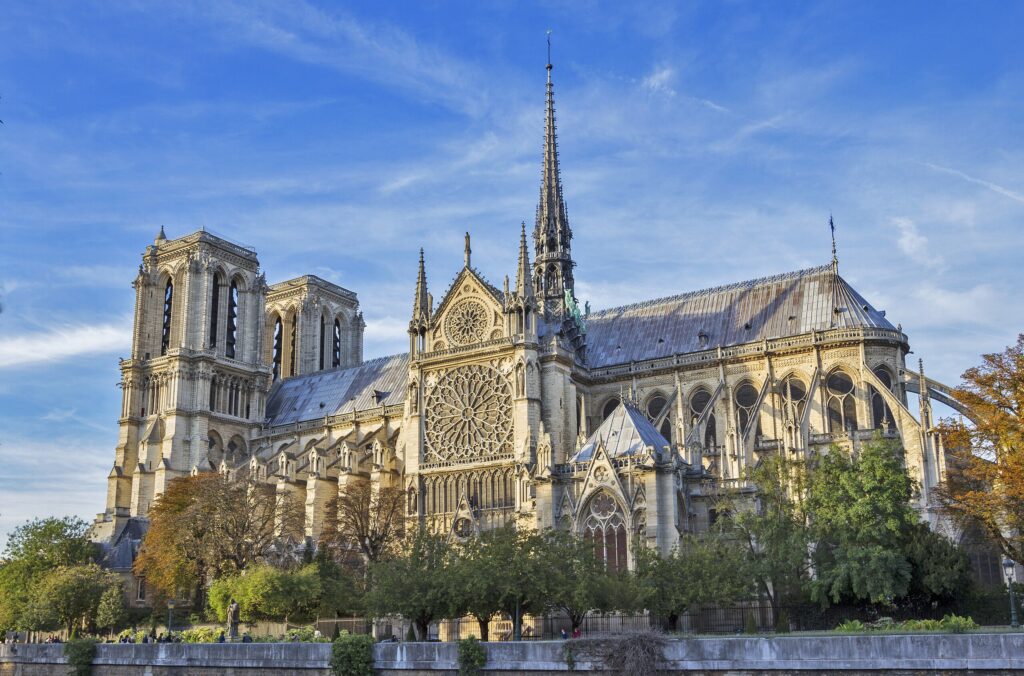
Sources used in this article:
- https://www.nytimes.com/2024/12/11/podcasts/the-daily/notre-dame-reopens.html
- https://www.friendsofnotredamedeparis.org/notre-dame-cathedral/history/before-the-cathedral-was-built/
- https://www.theartnewspaper.com/2024/12/02/green-wood-axes-and-oaks-how-ancient-skills-helped-to-raise-notre-dames-new-roof
- https://www.britannica.com/event/Notre-Dame-fire
- https://www.allarts.org/2020/05/notre-dame-construction-secrets-of-the-dead/
- https://youtu.be/k4_a-3FO8Fw?si=ucXwMLv8QKhWKqoT
- https://architectnews.com/psychology-in-architecture-home-that-complements-your-personality/
- https://www.betterhelp.com/advice/memory/collective-memory-explained/
- https://www.zinnedproject.org/about/howard-zinn/
- https://www.goodreads.com/quotes/2229-to-be-hopeful-in-bad-times-is-not-just-foolishly
